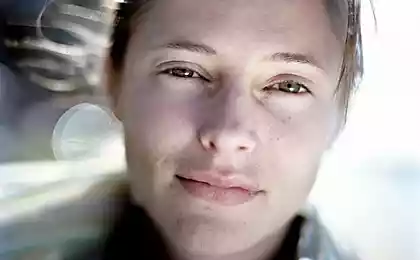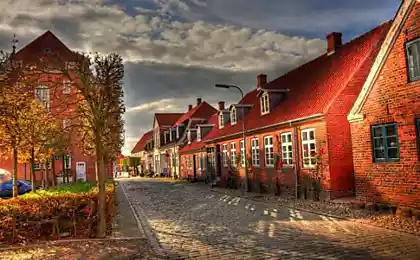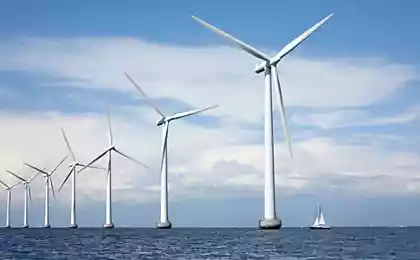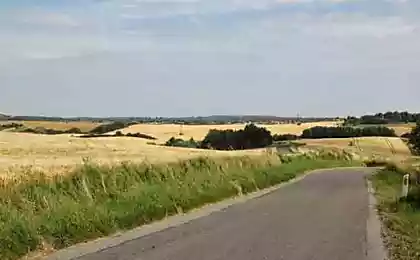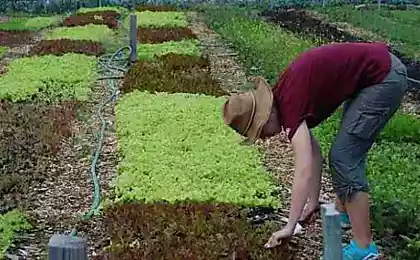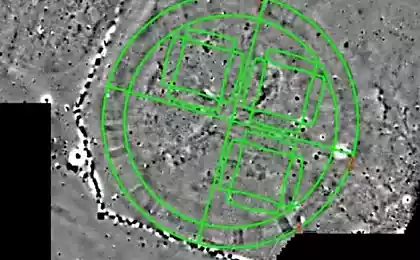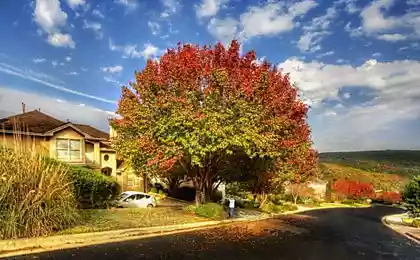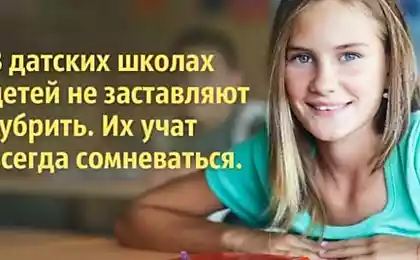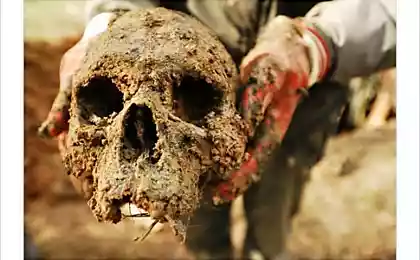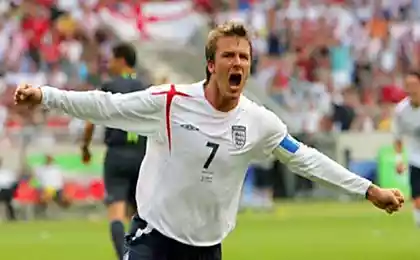647
The Danish ecovillage VILDROSE
Alternatives to closure. You know the names of the neighbors on the landing? And on the porch? We are increasingly convinced that the square meters and the net area is not the only criteria of qualitative living. The experience of Denmark shows that the form of organization travelers can be very different and it depends on the quality.After the active urbanization of the second half of the 20th century rural culture of communication (the principle of "everyone knows everyone") and remained in the village, the city is not stuck. In cities with a majority of their friends we communicate only with a single aim: this man is a hairdresser, this is our neighbor, this is the teacher in high school, and the chef at work. Alvin Toffler – the most famous author, who wrote in his book "future Shock" about the ensuing problems.
All European alternative scenarios can be described with one word community, or ideological communities (intentional communities). The ideological settlements is some form of joint accommodation of people with shared values. Values can be different: ecological residence, joint parenting, neighbourliness and mutual help, principles of a specific philosophical or ethical doctrines.
Most "easy" variant of the ideological settlements is housing cooperatives. This is a family engaged in different sectors, they can work in the neighboring towns. However, these people share some of the principles and form the environment of residence according to them.
In cohousing families also live separately, but have a significant number of joint actions within the settlements, childcare, organization of joint holidays, dinners. They are highly developed mutual aid and sharing of material resources.
List logically continues the municipalities, which have a common property with varying degrees of socialization, sometimes shared work, farm or craft. The most famous us example of communes – kibbutzim.
Ecovillage – the ideological community of any type that implements a model of sustainable development, mainly through the organization of organic agriculture, renewable energy and low consumption of all types of resources. In the European Union as times of ecological worldview and has become the most prevalent idea of creating all types of settlements.
Community distributed throughout Europe and are becoming popular. As told by Joerg, one of the founders of the most famous and oldest (founded in 1978) the Danish community of Svanholm, on the Danish island of Zealand, is the size of a fifth of the Minsk region, such settlements with a dozen.
My interest in ecovillages movement emerged about four years ago, when I spent a month in acommunity Sadhana Forest famous Indian city-utopia, Auroville. This summer was the opportunity to visit several of the Danish ecovillages. Denmark is one of those countries where the movement was in its infancy and is now becoming more and more popular.
Wild rose of Copenhagen
To explore the ecological community, Denmark does not even need to leave from Copenhagen – housing cooperative Wilkos (the Housing Cooperative Vildrose) is 20 "velayutham" from the center of the city.
Houses surrounding the letter “P” yellow icon is Wildrose. Note the difference with the surrounding cottage settlements.
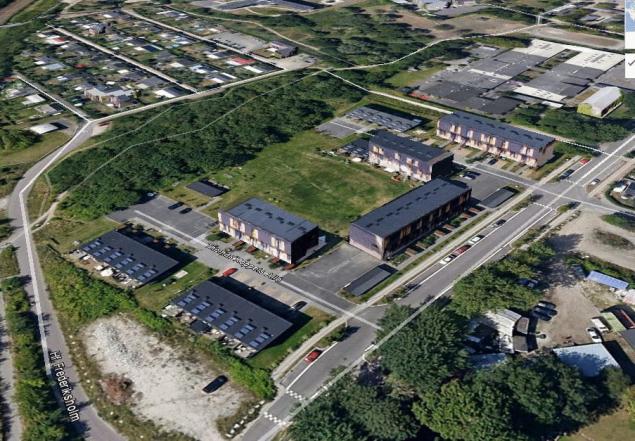
Vildrose translates as "wild rose". Or if you want rose hips. Rose, by the way, in these places many.Wilders is an architectural and social experiment of the organization of more convenient forms of accommodation. The place is chosen very successfully – it's clean and quiet. On the one hand is the forest, with the other low-rise buildings, a cultural center, a small zootsentr in which live rabbits, goats, horses. Three hundred meters of the sea, near the center of Copenhagen.

Near the co-op is a cultural centre with an extensive green area

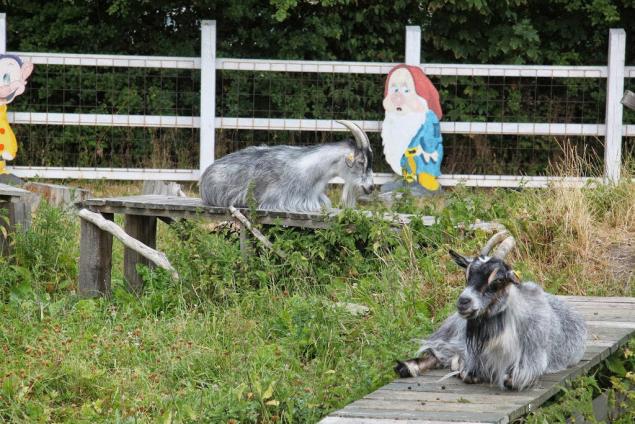
Here you can get acquainted with live goats and gnomes
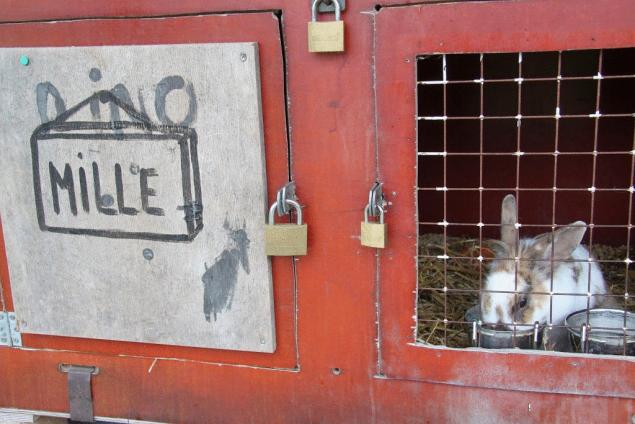
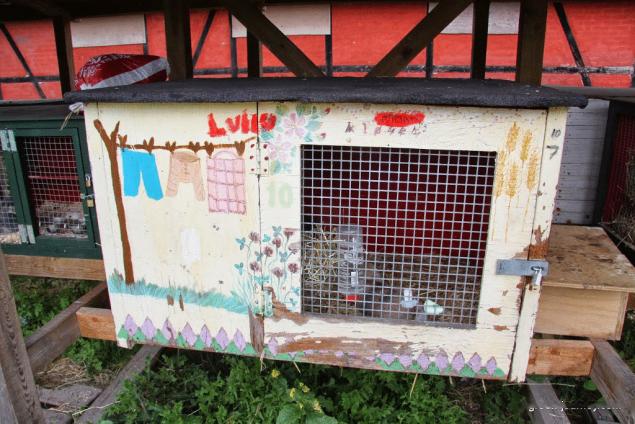
...or make your own rabbit Houses here are built on a single architectural project. The cost of an apartment of 85 square meters for single family residence by Danish standards small – about 70 thousand dollars. It's a bit even for Minsk.
The idea of the ecovillage: two-storey apartment building located on the perimeter around a common area – green fields the size of a small school stadium.
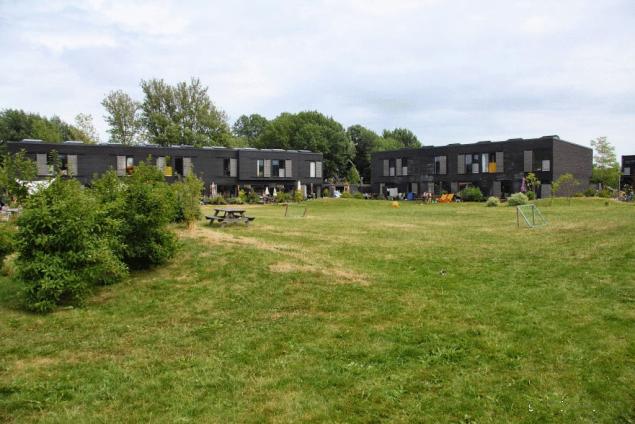

Green area creates a space for communication: Playground games, here you can play football, put up a tent, rope town to build. Stand near the tables, to be able to sit and talk, to make barbecue and to have dinner.
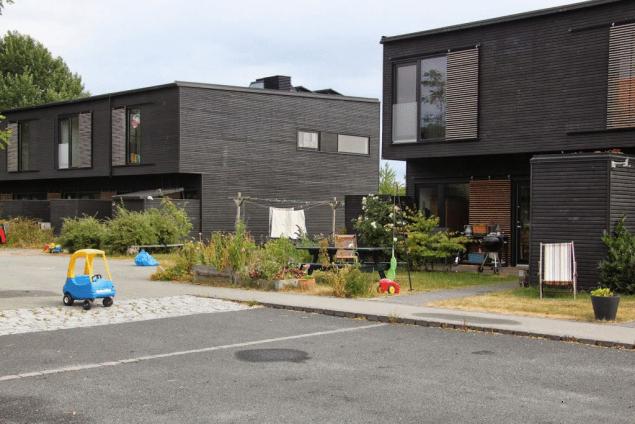
The beginning of a zone free of cars
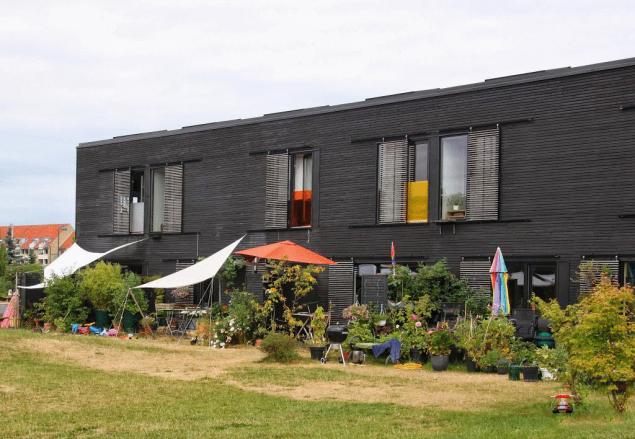
Each apartment has its own entrance to the Central lawn

View of the house from the street, the cooperative is home to 38 families, which is growing 60 children. There are no hard rules on the time and management of the economy. Rule only one: not to interfere with the other. Residents say that they have all the communications pass spontaneously: “and let who wants play the Lotto” but for this table, the neighbors will discuss something, and in this corner the children play. They learn to communicate not only with their peers but also with neighbors-adults. Tired of communicating, you can return to your "microcosm" – in apartment.
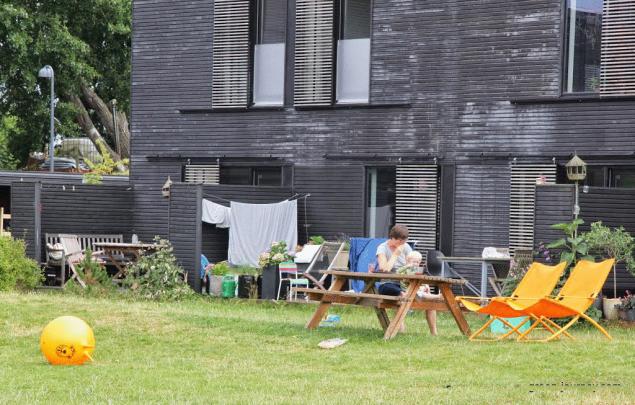
A day in a cooperative are practically no people – all working
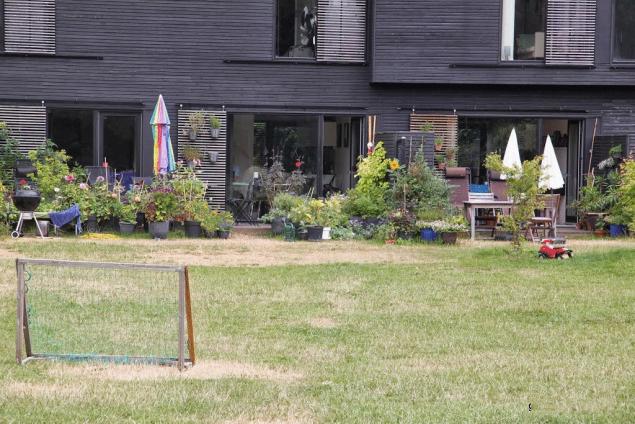
In addition to General lawn and have a common home. And that means we have the ability to communicate (at least to invite everyone to celebrate your birthday) and in the cold season.
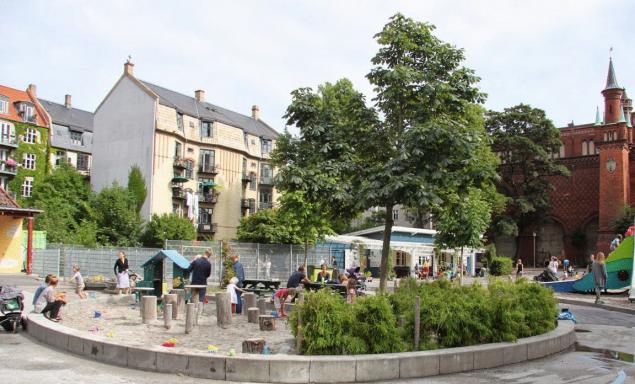
Public Playground located near the co-op
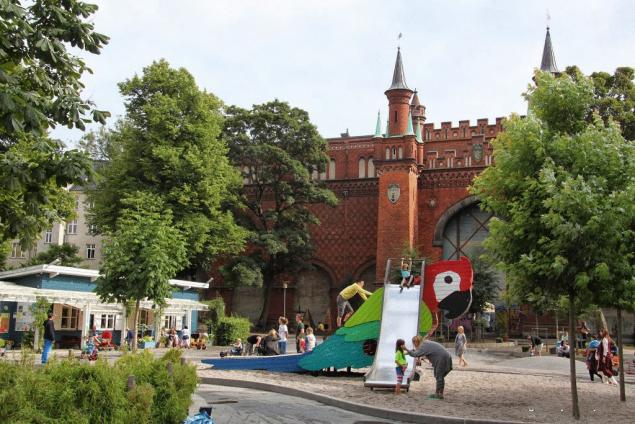
For such grounds the building of the castle is the perfect setting
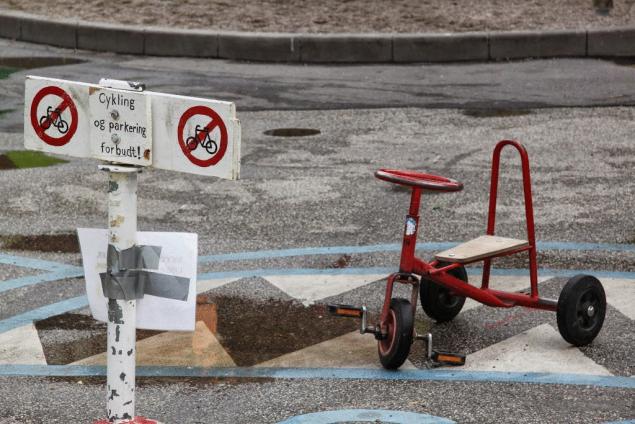
Adults ride on the site of forbidden Love to the bikes produced here since childhood. You can play “rickshaw”
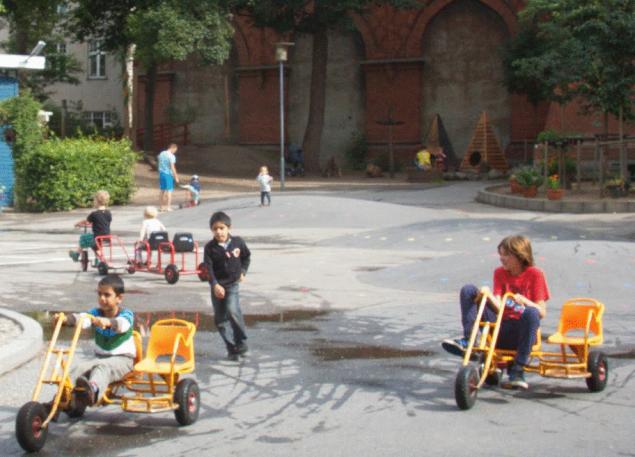
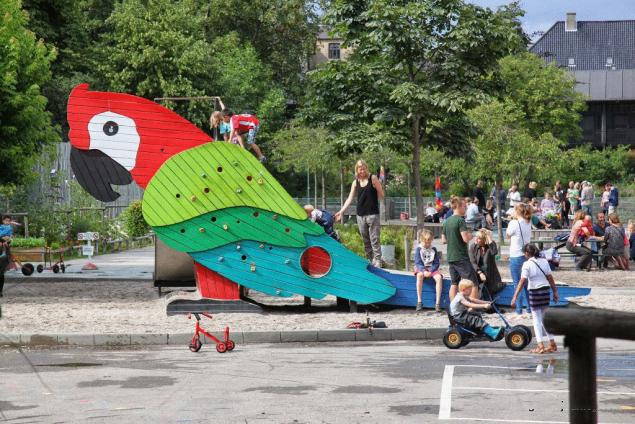
All the houses are sustainable. Not in the sense that it will not fall. The word sustainable (from the English "resistant") indicates that these buildings create a small environmental burden on the environment. The stability of the houses offer simple solutions: here we use structures made of wood, made good insulation, active ventilation system, "updating" the air every two hours. Homes consume a little heat, are energy efficiency class B. On the roof mounted water solar collectors (that is, at least in the summer the hot water is completely free) and photovoltaic panels to generate electricity.On rooftops – solar panels and water collectors. Interestingly, on the website of the settlement is available General and detailed drawings of houses. The house can be considered a budget solution. Cheap but quality and very comfortable home for those who do not want to live isolated in a mansion and tries to create a low environmental burden on the planet.
In Wildrose live the most ordinary families, working adults, and children go to kindergartens and schools.
As the project is environmental, then ¾ of the money managed to get through the European Union and environmental funds.
Uniform settlement and train-"foundlings" Wildrose is located near the city centre. Its construction became possible thanks to the so-called plan of “Five fingers”. The essence of the plan is that Copenhagen as a metropolis develops and extends in five directions. On the “fingers” padded five-speed lines trains. In a similar way, the railway network near Minsk the capital with four divergent branches.
The population of the metropolis of Copenhagen – 1.95 million people. The area of the metropolis is more than three thousand square kilometers, which is comparable with the total area of Minsk and Molodechno areas. Only on this territory is home to slightly more than 2.2 million people.The conceptual difference is in the distribution of development. The metropolis of Copenhagen is inhabited by much more homogeneous. In the centre of Copenhagen, on the square в615 kilometrovki home to 1.2 million inhabitants in Minsk на348 kilometrovki live in almost all – of 1.95 million people. The difference in density is almost 2.5 times. It is clear that this distribution reduces the cost and site construction.
In the metropolis of Copenhagen, the field problem effectively is solved by high-speed trains-"the foundlings". They are leaving the city center at distances of 25-40 miles, and in the center make at least 10 stops. So the distance of trains from any center point is not more than two kilometers. Their citizens are passing on foot or by bike. In the metropolis there are places, moving between them would require more than one hour.
Source: green-journey.com

